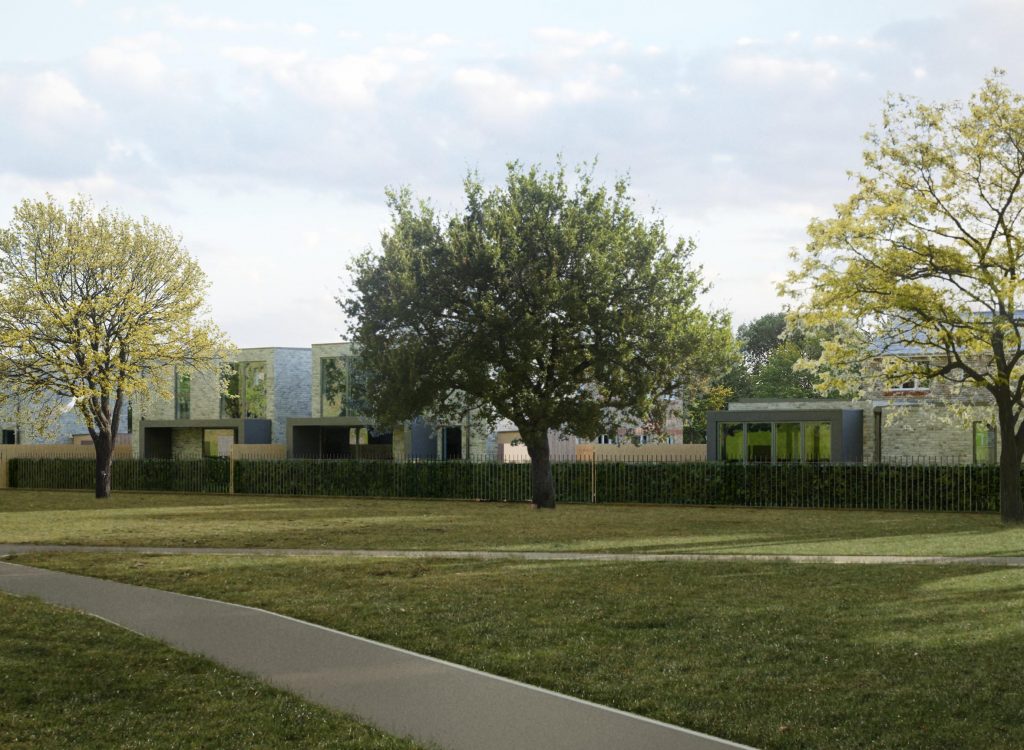24
Nov
Understanding Biodiversity Net Gain
The concept of Biodiversity Net Gain (BNG) has emerged as an important aspect of development plans, aiming to ensure a positive impact on the environment amidst human progress. BNG principles are based on the concept of leaving the biodiversity of a site in a better state than it was previously, enhancing the natural world while accommodating human needs.What is Biodiversity Net Gain?
Biodiversity Net Gain refers to a mandatory approach established through the UK's Environment Act of 2021, which dictates that all new developments seeking planning permission must boost the biodiversity value of the site by a minimum of 10%. The implementation of this requirement is anticipated in the coming months, significantly influencing how developers and landowners approach their projects.
Meeting the New Regulations
The impending regulations underscore the necessity for developers and landowners to meticulously assess the biodiversity value of a site from the outset of the planning process and find solutions to ensure a minimum 10% biodiversity net gain.
The regulations don't rigidly demand biodiversity increases on the same geographical site, providing flexibility for developers to explore alternative solutions or offsite mitigation schemes to comply with the mandate. However, as a relatively new concept some of these schemes can be vastly expensive, especially for smaller developments.
Biodiversity Metrics and their Role
Central to BNG is the application of biodiversity metrics, tools utilised by ecologists to measure changes in biodiversity. These metrics assign 'unit values' to habitats, evaluating their biodiversity significance based on various factors such as size, distinctiveness, rarity, ecological importance, condition, and connectivity.
Developers must employ biodiversity metrics to demonstrate how their projects will enhance biodiversity. This requirement necessitates clear, transparent, and quantitative evidence of how the proposed development will improve the site's ecological value, with established goals, targets, and monitoring mechanisms.
Challenges in Implementation
While the move toward Biodiversity Net Gain is a positive step in environmental conservation, its implementation adds complexity to the planning process. Especially in urban settings, where space and existing structures pose limitations, meeting these regulations can be challenging. Developers face increased pressure to navigate these complexities, possibly leading to higher project costs and longer planning timelines.
Biodiversity Net Gain signifies a crucial evolution in the way development interacts with the environment. It emphasizes a proactive approach to harmonizing human progress with ecological preservation. However, the introduction of these regulations brings forth a myriad of challenges, particularly in urban landscapes, adding layers of complexity and posing significant hurdles for developers aiming to meet these stringent requirements.
Contact Us



